1. Natural Pest Control
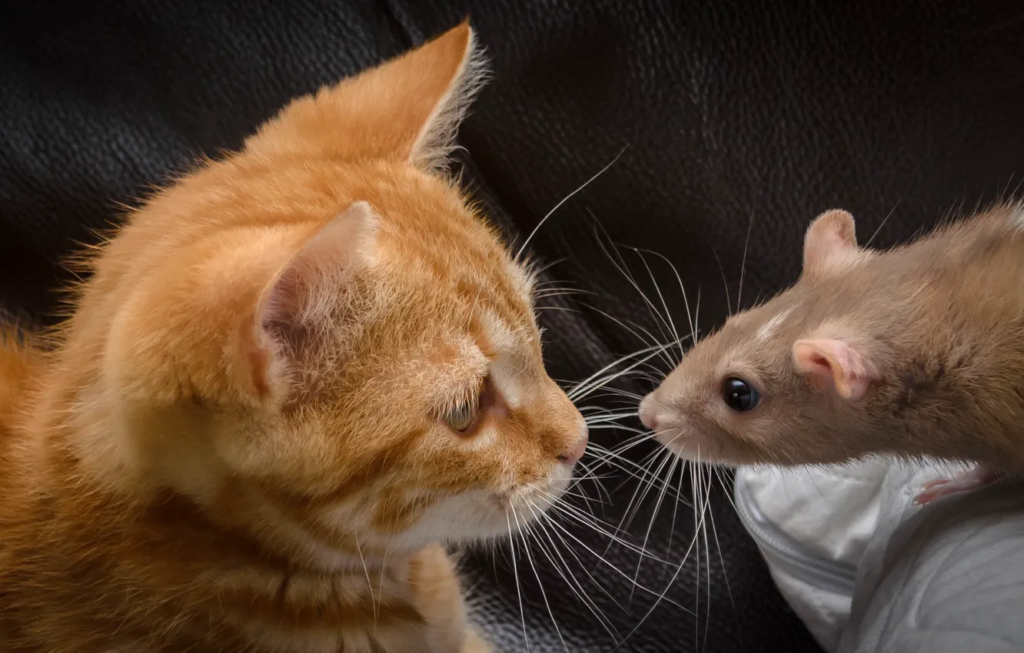
One of the most well-known ways cats contribute to sustainable living is through their role in natural pest control. Cats are skilled hunters and have been used for centuries to reduce rodent populations, especially in agricultural settings and urban areas. By keeping the number of mice, rats, and other small pests in check, cats help prevent the spread of diseases and reduce the need for chemical pesticides. The use of toxic chemicals can harm other wildlife, contaminate water supplies, and affect human health, so having a cat around is an environmentally friendly alternative. Cats instinctively hunt, and their presence alone can often be enough to deter pests from entering homes, barns, or other properties. Additionally, cats are excellent at keeping the population of small insects, like moths and flies, under control. This natural pest management reduces reliance on harmful chemical products that can damage ecosystems. When cats hunt rodents and other small creatures, they help maintain the balance in local ecosystems. Cats contribute to a more sustainable environment by reducing the need for man-made pest control methods, which often have long-term negative effects. Having a cat as a companion is not only good for your home, but it also plays a significant role in minimizing environmental harm. This sustainable practice has been especially valuable in areas where pests threaten crops or cause structural damage.
2. Reducing the Need for Chemical Fertilizers
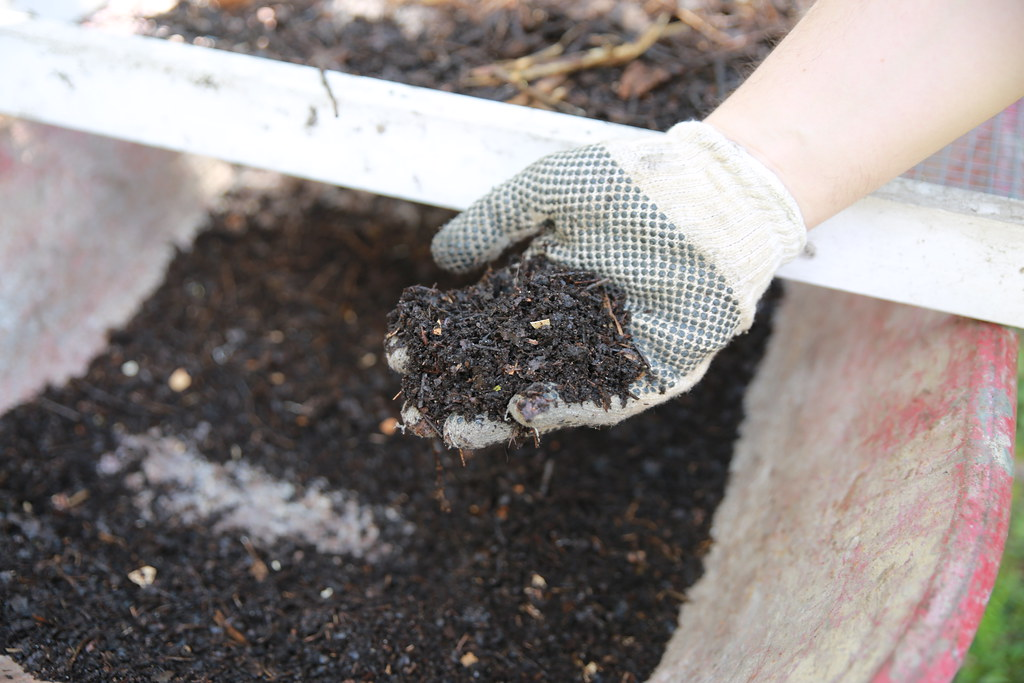
Another surprising way cats contribute to sustainable living is by indirectly helping to reduce the need for chemical fertilizers. Many cat owners use the litter box waste in their gardens as a natural compost. While some litter options are biodegradable, the waste itself can be used as a fertilizer when properly composted, providing a natural, organic way to enrich soil. This process helps reduce the need for synthetic fertilizers that can run off into local waterways, contributing to pollution and affecting water quality. Moreover, cat owners often create their own compost systems for cat waste, helping close the loop in a sustainable way. Cats may also indirectly contribute by providing owners with a motivation to grow their own food. As urban farming and sustainable living grow in popularity, cat ownership often encourages gardeners to find eco-friendly solutions. By reducing reliance on chemical fertilizers, cat owners can minimize their environmental footprint, making their gardening practices more sustainable. With the right approach, cat litter waste can become part of a cycle that nourishes the earth without relying on harmful industrial fertilizers. This natural approach to fertilization aligns with the broader goals of sustainable living by promoting soil health and reducing waste. Composting cat waste not only benefits your garden but also helps lower the demand for chemical alternatives that are harmful to the planet.
3. Encouraging Minimalism and Low-Waste Lifestyles
Cats can play a significant role in encouraging a minimalist, low-waste lifestyle. Due to their independent nature, cats don’t require many things beyond food, shelter, and attention, which encourages their owners to live simply and focus on essentials. This minimalist approach aligns with sustainable living principles, where less is often more. By adopting a cat, many owners are motivated to simplify their lives, reducing the need for excessive purchases or material goods. Instead of buying endless toys, pet clothing, or gadgets, cat owners often find that their furry companions are content with a few simple items—a scratch post, a ball, or a cardboard box. This shift toward simplicity can reduce consumerism and the environmental impact of production and waste. Additionally, adopting a cat often encourages the use of recycled materials, such as cardboard or old fabrics, for DIY pet toys and bedding. By reusing items already in the home, cat owners can cut down on the consumption of new products and reduce waste. Cats themselves also embody the principles of sustainability, as they are low-maintenance compared to other pets, and their lifestyle reflects the minimalist ethos of sustainable living. In turn, their owners often embrace these same values in other aspects of their lives, including reducing plastic use and avoiding overconsumption. A cat’s inherent simplicity can inspire a more thoughtful, sustainable way of living.
4. Promoting Mental Well-Being
While not immediately obvious, cats contribute to sustainable living by promoting mental well-being, which in turn supports a more balanced, stress-free lifestyle. Reducing stress is an important component of living sustainably because it leads to healthier individuals and communities. By simply being present, cats help lower anxiety, depression, and other mental health issues. Many cat owners report that spending time with their pets has a calming effect, lowering cortisol levels and increasing feelings of happiness and relaxation. When people feel more at peace, they are more likely to make decisions that positively impact the environment, such as supporting local businesses, reducing waste, and conserving resources. A calm mind is more open to embracing sustainable practices, from shopping mindfully to reducing overall consumption. Cats also encourage owners to adopt more mindful routines, which often involve regular outdoor walks or simply enjoying the quiet moments of life. As people become more in tune with their own well-being, they tend to make more sustainable choices in their daily lives, such as eating healthier, spending time outdoors, and engaging in environmental advocacy. In this way, cats indirectly contribute to long-term sustainability by fostering positive mental health, which leads to a more mindful and intentional lifestyle.
5. Reducing Carbon Footprints Through Adoption
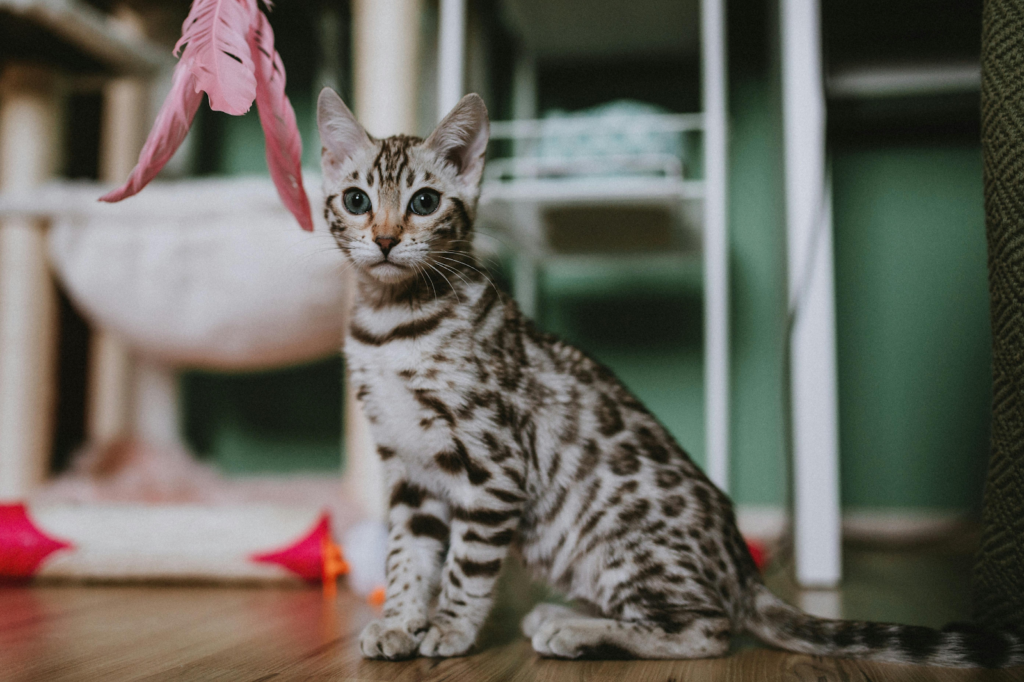
Adopting a cat can directly contribute to reducing carbon footprints by providing an alternative to purchasing animals from breeders. When you adopt a pet from a shelter, you are not only saving a life, but you are also reducing the demand for commercial breeding, which often involves unsustainable practices. Commercial breeders often prioritize profit over the welfare of animals, and the processes involved in breeding and transporting animals contribute to pollution and environmental degradation. By choosing adoption, cat owners are taking a stand against these harmful practices and supporting a more sustainable model of pet ownership. Shelters often operate in a way that focuses on rescuing and rehoming animals, reducing the environmental impact of pet sales. Additionally, adopting a cat from a local shelter helps minimize the need for long-distance travel, reducing transportation emissions that are associated with sourcing animals from far-flung places. This practice of adopting instead of purchasing directly contributes to a decrease in overall carbon emissions related to pet ownership. Furthermore, adoption helps reduce the number of stray and abandoned animals that can become a burden on local ecosystems, where they may compete with native wildlife for resources. By giving a cat a second chance, adopters are supporting a more sustainable, ethical model of pet ownership that benefits both the animals and the planet.
6. Encouraging Sustainable Pet Products
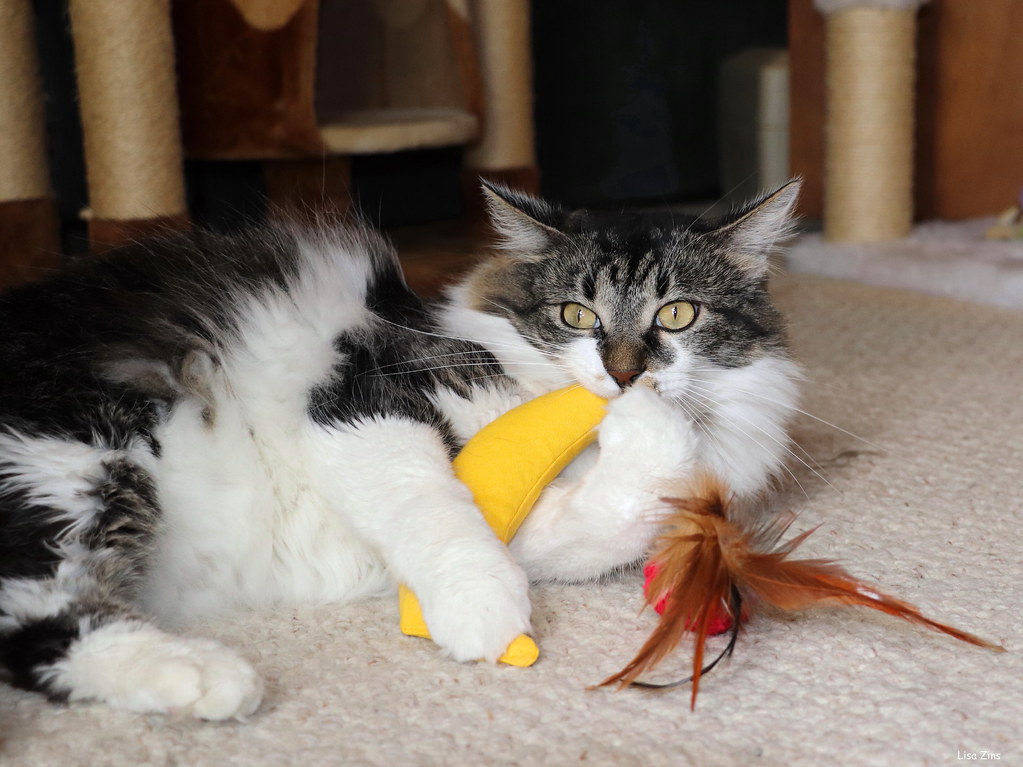
Cats also encourage the use of sustainable pet products, as many owners opt for eco-friendly alternatives when it comes to food, toys, and supplies. With increasing awareness about environmental issues, many pet owners are now choosing products that are biodegradable, recyclable, and made from sustainable materials. For example, many cat food brands are now offering organic, ethically sourced ingredients, reducing the environmental impact of their production. Recyclable and compostable cat litter options are also gaining popularity, replacing traditional clay-based litters that contribute to mining and environmental degradation. Additionally, many cat owners choose to make their own cat toys using recycled materials, such as old fabric, cardboard, or even natural wood. These homemade toys are not only sustainable but also provide cats with stimulating activities that engage their natural instincts. By supporting eco-conscious brands and making informed choices about the products they purchase, cat owners can contribute to a more sustainable market. Cats themselves are often used as an inspiration for creating environmentally friendly products, as their needs are simple, and their impact on the environment can be minimized. This focus on sustainability in the pet industry is gradually shifting the market toward more responsible production and consumption. Cats, by being so integral to this trend, are helping drive a movement toward eco-conscious pet ownership.
7. Saving Energy with Cat-Friendly Living Spaces
Cats also play a role in saving energy by encouraging more efficient living spaces. Many cat owners find that their pets naturally seek out warm spots to rest, such as near a sunny window, a heated blanket, or a cozy corner. This behavior can reduce the need for artificial heating in the home, helping to lower energy consumption. By allowing a cat to help “find” the warm spots in the house, owners may naturally reduce their use of space heaters, central heating, or other energy-intensive devices. Additionally, many cat owners use their cats’ desire for sunny spots to optimize natural light in their homes. By arranging furniture and spaces to allow for more sunlight exposure, cat owners can reduce the need for electric lighting during daylight hours, helping to cut down on energy use. Cats also promote a more mindful approach to the layout and energy efficiency of a home, as owners often create dedicated spaces that accommodate their cats’ needs for comfort. In turn, this can lead to homes that are designed to maximize natural resources, such as sunlight and fresh air, reducing the need for excess energy use.
8. Enhancing Biodiversity Through Cat-Friendly Gardens
Cats naturally encourage the growth of biodiversity in their environments, especially in cat-friendly gardens. Many cat owners are motivated to create outdoor spaces that cater to both their pets and local wildlife. These gardens are often designed to be eco-friendly, featuring native plants, bird feeders, and small ponds to attract beneficial insects, birds, and other wildlife. By incorporating natural elements such as birdbaths and butterfly gardens, cats help inspire their owners to create environments that support local ecosystems. Cats themselves may engage in chasing and playing with small insects, which can help regulate the populations of pests that might otherwise harm plants or disrupt the local environment. As a result, these gardens can become a natural habitat for a variety of species, increasing biodiversity. Encouraging wildlife in the garden is a key element of sustainable living, as it helps to protect pollinators, birds, and beneficial insects from urban sprawl and habitat loss. Cats can also help keep unwanted rodents away from garden areas, preventing damage to crops and plants without the need for harmful pesticides. Through the presence of a cat, many owners are also motivated to reduce the use of chemical treatments in their gardens, further promoting sustainability. Creating a balance between cat-friendly spaces and biodiversity-conscious gardening leads to a healthier, more sustainable living environment for all.
9. Supporting Eco-Conscious Adoption Practices
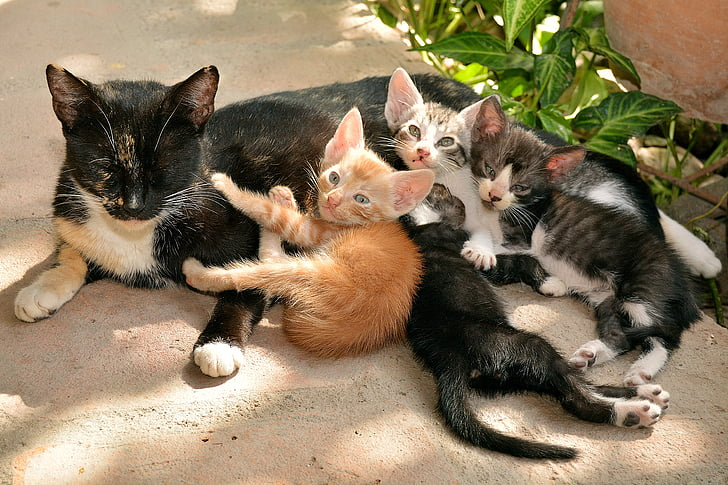
Adopting a cat from a shelter or rescue organization is one of the most sustainable ways to add a pet to your family. By choosing adoption over purchasing a cat from a breeder, you’re supporting eco-conscious practices that reduce the carbon footprint associated with breeding facilities. Shelter adoption helps reduce the overpopulation of animals, preventing the need for further breeding and resource consumption. Each year, millions of animals end up in shelters due to abandonment or overpopulation, and by adopting a cat, you’re helping to minimize the environmental impact associated with commercial breeding. Shelters often take steps to ensure that their animals are spayed or neutered, further reducing the chances of overpopulation and the strain it places on local ecosystems. When you adopt, you’re also giving a cat a second chance at life, reducing the number of unwanted pets that might otherwise end up in landfills or overcrowded shelters. Furthermore, by adopting a shelter cat, you’re supporting organizations that prioritize rescue over production, promoting a more ethical approach to pet ownership. Shelter adoption is an integral part of the sustainability movement, as it helps address both environmental and ethical concerns, ensuring that every pet has a chance at a better life. If you’re looking to add a cat to your family, adoption is one of the most sustainable and humane choices you can make.
10. Reducing Food Waste
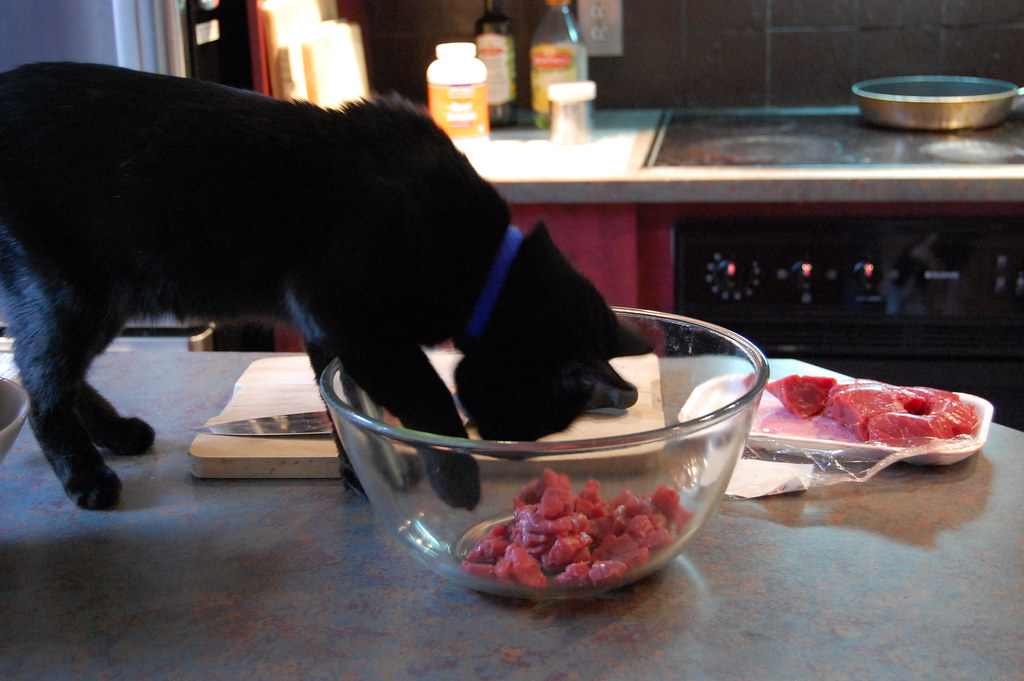
Cats contribute to reducing food waste in more ways than one. Many cat owners find that their pets help encourage the consumption of leftovers or scraps that would otherwise go to waste. Cats have small, manageable portions and typically eat at regular intervals, making it easier to portion out food and reduce the likelihood of excess going unused. Rather than tossing out leftover food, owners may choose to incorporate it into their cat’s meals, reducing overall food waste. Some pet owners also choose to purchase cat food from brands that specialize in using responsibly sourced, organic, or sustainably farmed ingredients, helping to ensure that the food they give their pets has a minimal environmental impact. When cats are fed high-quality food that’s made from sustainable ingredients, their consumption aligns with environmentally friendly practices. Additionally, the rise in food waste reduction initiatives has inspired the development of eco-conscious cat food packaging, with many brands now offering recyclable or compostable materials. This further minimizes the environmental impact of pet food consumption. By carefully managing a cat’s food waste and sourcing from eco-friendly brands, pet owners can help reduce their household’s overall waste production. Adopting a mindful approach to both human and pet food consumption contributes to a more sustainable lifestyle, and cats can play a role in that process.
11. Encouraging a Sustainable Diet for Pet Owners
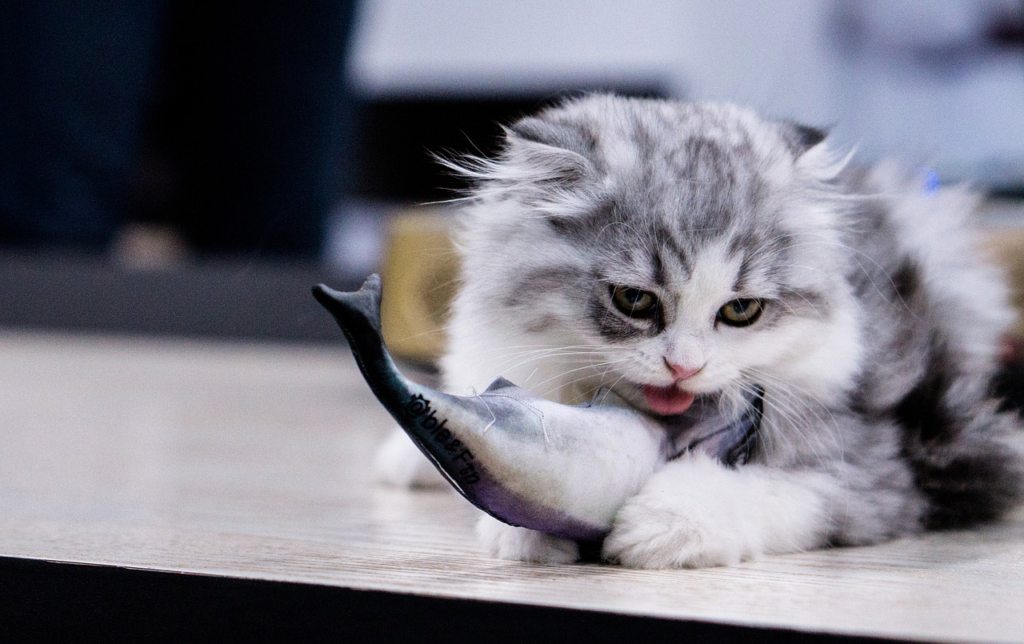
Having a cat can indirectly encourage a sustainable diet for their owners. Cats are obligate carnivores, meaning they rely on animal-based proteins for their diet, but many cat owners are becoming more conscious of where their pet’s food comes from. With the growing demand for sustainably sourced and ethically raised proteins, there is a rising trend in eco-friendly cat food options that minimize environmental harm. These options include responsibly sourced fish, poultry, and beef that come from farms practicing sustainable farming and fishing methods. As pet owners become more aware of the environmental impacts of their cat’s food, they often translate this concern into their own dietary choices as well. By choosing more sustainable, plant-based, or ethically sourced food for their pets, owners often adopt similar principles in their own meals. This shift toward more environmentally conscious eating habits helps reduce the overall environmental impact of food production, including carbon emissions, water consumption, and land use. In many cases, cat owners are leading the way in supporting food brands that prioritize sustainability, and this influence can extend to their own food choices. Furthermore, cats require less food overall than larger pets, which helps reduce the amount of food production needed, leading to a smaller environmental footprint. As a result, cats can serve as a catalyst for promoting sustainable, conscious consumption both within and outside the home.
12. Advocating for Ethical, Sustainable Products
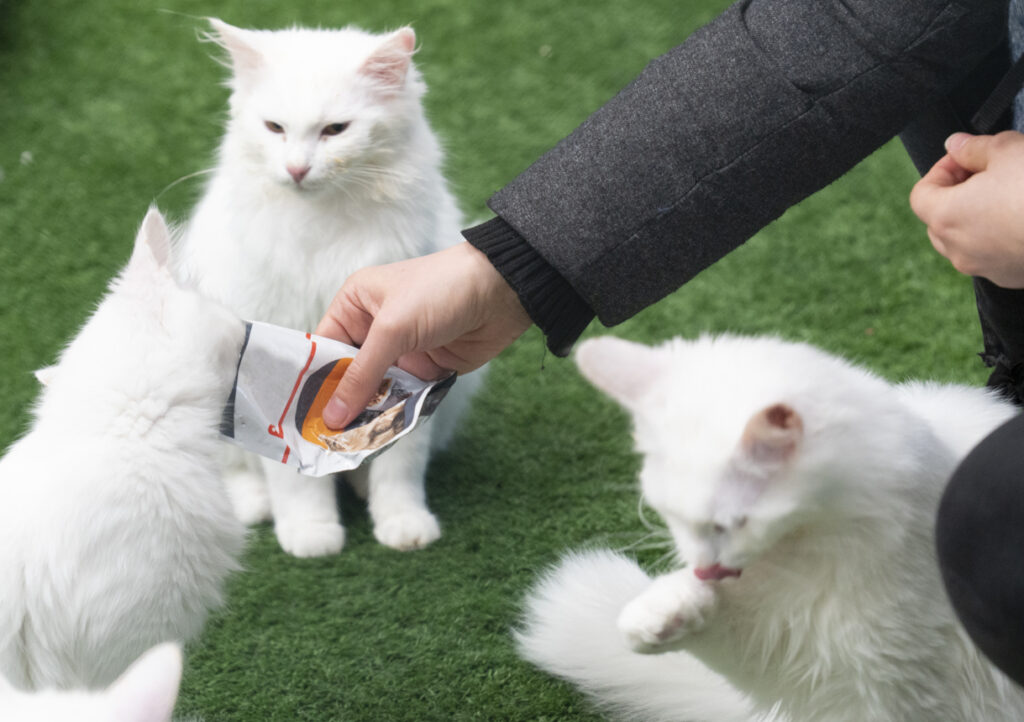
Cats contribute to sustainable living by inspiring their owners to choose ethical and sustainable pet products. As the market for eco-friendly pet supplies continues to grow, more and more cat owners are becoming aware of the environmental consequences of their purchases. From sustainable cat litter to natural pet grooming products, many owners are making informed decisions to reduce their carbon footprints and minimize harm to the planet. For example, some brands offer cat litter made from biodegradable materials, such as recycled paper, corn, or wheat, which break down more easily in landfills than traditional clay-based litter. Furthermore, many cat food brands are moving toward packaging that is recyclable or compostable, reducing the overall waste generated by pet food packaging. Cats inspire their owners to seek out these environmentally conscious alternatives, which help support a more sustainable and responsible pet care industry. Whether it’s choosing eco-friendly toys, beds made from recycled materials, or grooming products free from harmful chemicals, cat owners are making a significant impact on the sustainability movement. By prioritizing ethical, eco-friendly products, cat owners contribute to the growing demand for sustainable solutions that benefit the environment. As more people adopt these practices, the pet care industry continues to evolve toward a more sustainable future, driven in part by the influence of responsible cat owners.
13. Supporting Local Farmers and Pet Food Producers
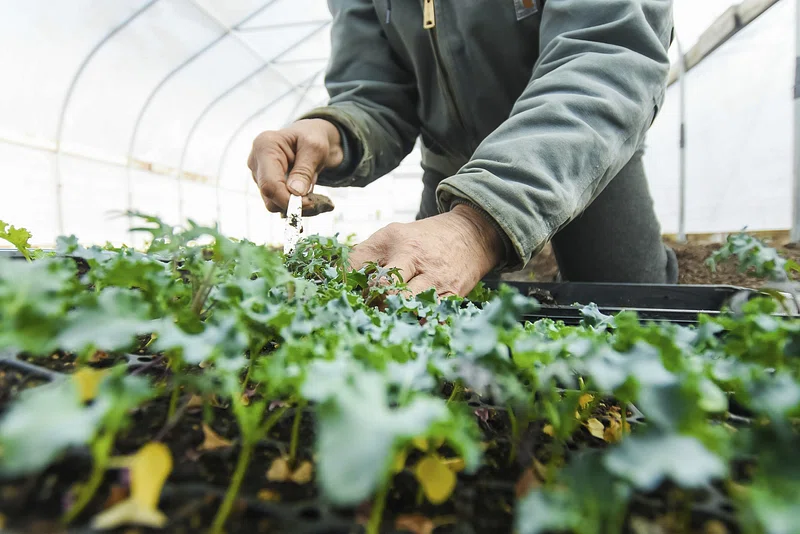
Cats can also contribute to sustainable living by supporting local farmers and pet food producers. Many cat owners are increasingly looking for food that is locally sourced and produced, reducing the environmental cost of transportation and packaging. Supporting local producers who follow sustainable farming and animal welfare practices reduces reliance on large, industrialized operations that have a higher environmental impact. By purchasing cat food from local, eco-conscious farms, pet owners help reduce the carbon footprint associated with shipping and long-distance transport. Additionally, local producers are often more transparent about their practices, ensuring that animals are treated humanely and that the ingredients used in pet food are sustainably grown. By choosing locally produced pet food, owners not only support small businesses but also contribute to the local economy and reduce the environmental costs of food production. This approach helps promote sustainability in the food industry by encouraging farming practices that are both environmentally friendly and socially responsible. As awareness grows, more cat owners are making the shift toward supporting local, sustainable food systems, benefiting both their pets and the planet. This practice also reflects a broader cultural shift toward buying locally, which is key to reducing overall environmental impact.
14. Fostering a Culture of Adoption and Rescue
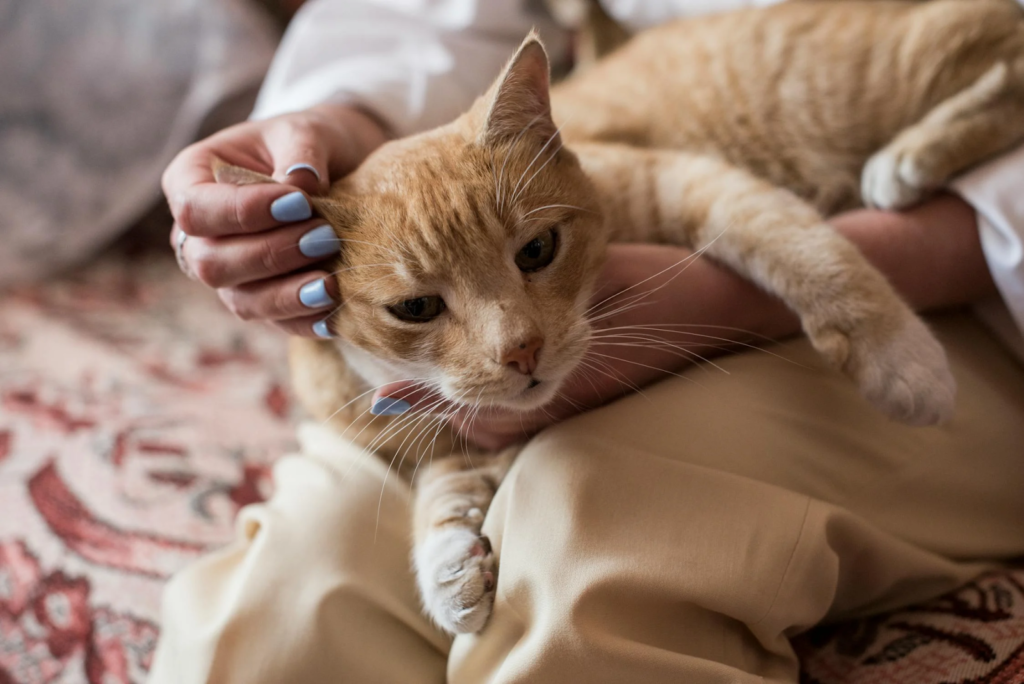
Fostering a culture of adoption and rescue, particularly with cats, directly impacts sustainability by promoting responsible pet ownership. Adopting cats from shelters or rescue organizations helps reduce the population of stray and abandoned animals, which is a critical aspect of managing resources more effectively. Many rescue organizations focus on providing foster homes and placing cats in loving families, helping to reduce the strain on animal shelters and allowing more animals to be rehomed sustainably. This reduces the need for breeding, which can be resource-intensive, and helps prevent overpopulation, which contributes to environmental and societal challenges. By adopting a cat from a shelter, you are not only saving a life but also helping to support an ethical and sustainable pet care culture. The adoption process also encourages individuals to consider the long-term commitment of caring for a pet, which leads to more responsible and thoughtful pet ownership. Cats adopted from shelters are often vaccinated, spayed or neutered, and in need of a second chance, making the adoption process both sustainable and rewarding. By participating in this culture of rescue and adoption, cat owners can make a positive impact on the environment and the well-being of animals.


